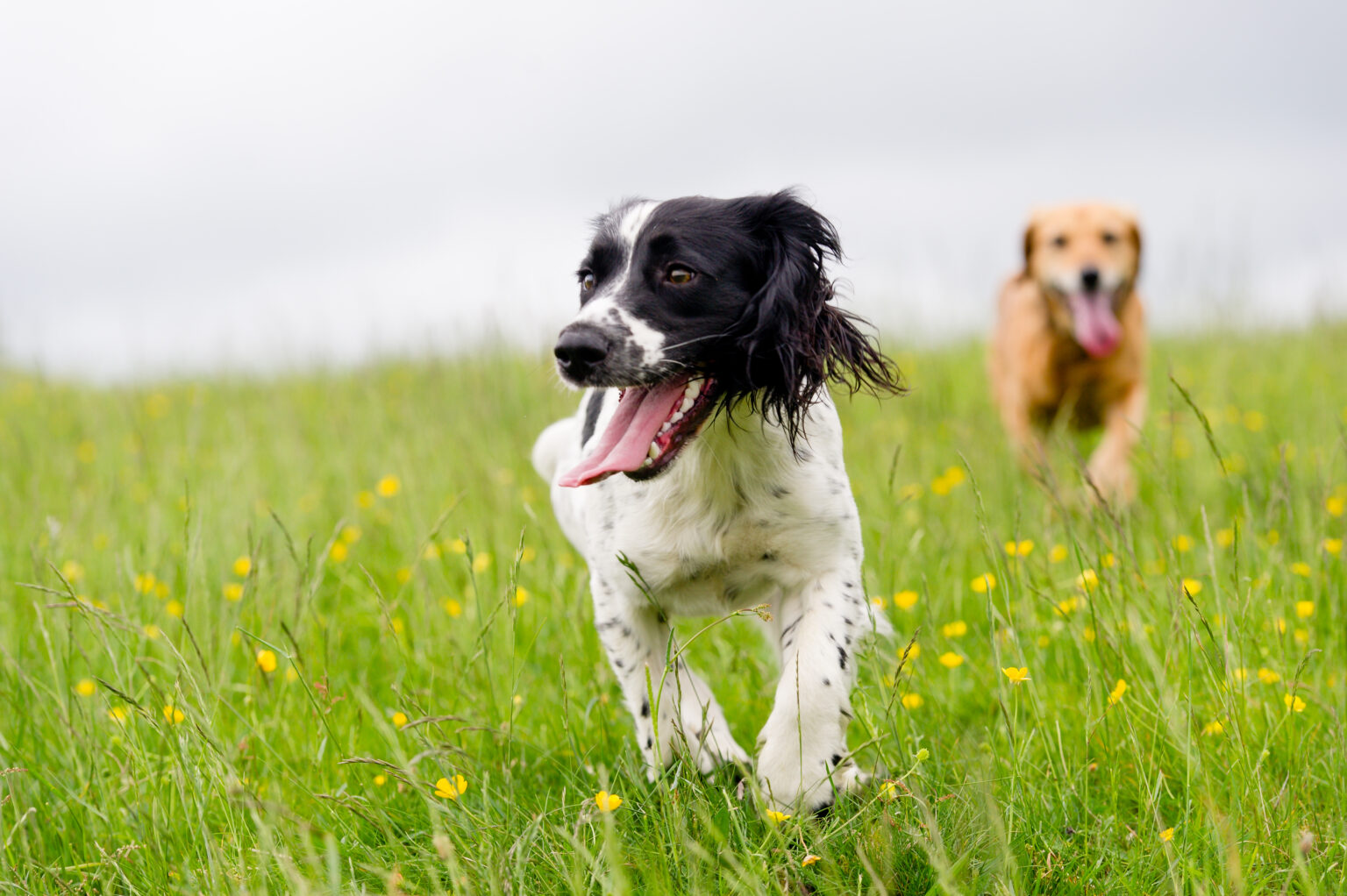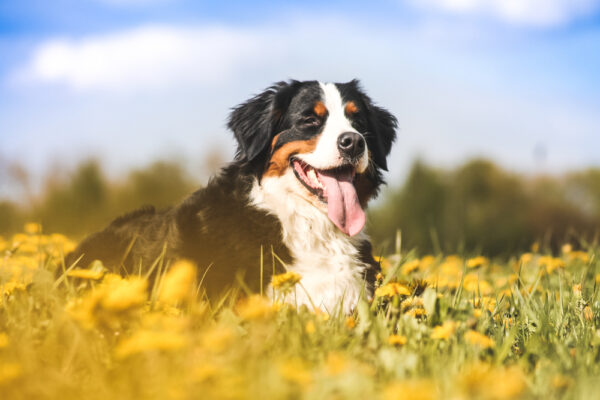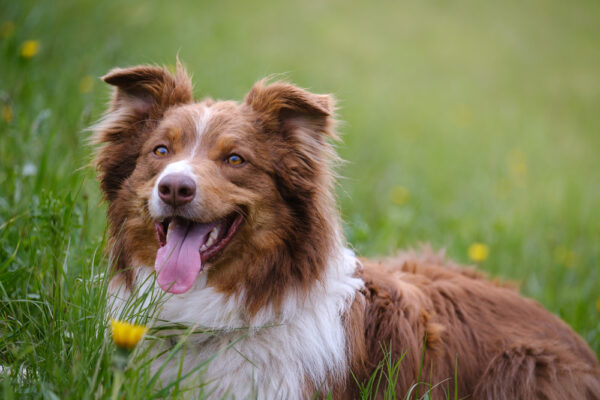Does your pet need to shed a few pounds? Looking a little rounded of late? If they need to get back to fighting fit, these 10 tips will help them and help you to support them back to a healthy weight.
1. Make a note of what they eat
Starting a food diary is the simplest way to start monitoring where they might be might need some help. Record everything they eat, from treats and scraps to their usual meals. This first step might be an eye-opener, helping you see where any extra calories are coming from. It’s also a great way to recognise unhealthy and unhelpful habits that are keeping the weight on (like extra treats when adoring friends pop over).
2. Pay attention to portions
Measuring your pet’s food will help you control how much they’re being fed and bring to light if they’re getting more than they really need. If you need guidance or advice on how much they need based on breed, age and size, be sure to check food packaging, consult your vet or check in with one of our Animal Health Advisors.
3. Make the switch
Transitioning to a low-calorie pet food might be a great choice for your pet. Targeted weight management foods for cats and dogs are readily available, and might be the best way to help your pet feel satisfied as they cut down on calories.
4. Be vigilant
It may seem an obvious point, but make sure your pet isn’t being fed elsewhere. It’s easy to see if someone is slipping your dog an extra treat, but cats are a different story. Kind neighbours might not know they’re compromising your cat’s health by treating them to extra food. If you suspect this is an issue, you can always attach a “Please don’t feed me!” tag to your cat’s collar
5. Furry food only
You should avoid feeding your pet any human food. We know it’s hard to resist puppy dog eyes, but be strong – as much as we love to treat our pets, their nutritional needs are very different to ours, so sharing our food won’t do their health any favours.
6. Get them on the scales
Weighing your pet regularly will help you track their progress or if the problem is getting more serious. You can weigh your cat or small dog by standing on the scale yourself, and then hopping on with them – hey presto, the difference is your pet’s weight.
7. Slowly does it
If your cat or dog gets a little overzealous and wolfs their dinner down in one, investing in a slow feeder might help them take it easy, and allow them to digest their food fully.
8. Fun and games
Turning your pet’s mealtime into a game might help the weight loss process. Start by hiding your dog’s food in their favourite toy, making them work that bit harder for their reward, or place your kitty’s food in places where they need to jump up or search. Doing this will encourage them to burn energy by exercising and playing.
9. Stay patient
Healthy weight loss can take time. A safe loss rate for your cat or dog is around 1-2% of their body weight per week. Checking in with your vet will help you set realistic goals.
10. Introduce more exercise
Last but definitely not least – upping your pet’s exercise is an essential part of keeping them healthy. There are several ways to increase your furry friend’s activity levels – cats love to chase a piece of string or a laser pointer, and name a dog that would say no to extra walkies and a game of fetch?



